A Spring Walk Through the Woods
It’s a long-standing tradition for many Michiganders to search the northern woods for the elusive morel mushroom. I spent many a spring as a child wandering the woods with my family learning to identify the mushrooms, flowers and new growth that springs from the forest floor. Each year, I would count the days until that first hunt. When I was little, my brother and I would venture out into the woods roaming aimlessly until someone shouted, “Found one!” and we all rushed over to remind ourselves of what we were looking for. Even a seasoned mushroom hunter needs that first glimpse to adjust the eyes. Gazing across a vast and rolling canvas of browns and greens of a hundred shades it feels a bit like finding that proverbial ‘needle in a haystack.’ But once you spot that first one, it’s game on.
Let’s Explore the Forest Floor
A walk in the woods is a great way to experience life up North. As new greens press their way through matted leaves it’s a scavenger hunt of sorts to find edible plants and fungi. But you must be careful what you pick! There are protected wildflowers, false morels, and mushrooms that can make you sick. I’ll share some photos from my journeys into the woods, and a few tips. But if you really want to explore I’d recommend picking up a book or two to help identify what you find.
Wildflowers of the Woods
I used to always carry a small camera on my walks, but nowadays all we need is a smartphone to be prepared to capture nature’s beauty at a moments notice. There’s just so much beauty in and around Traverse City. And the woodlands in spring are one of my favorite subjects. So to be honest, it’s not just morels I’m hunting for.
Michigan is rife with wildflowers, many of which bloom for a short period in the spring. What flower can resist the dappled sunlight of a leafless wood and an earthen floor of rich dense forest compost? Dutchmen’s Breeches, columbine, and yellow trout lilies are common in the woods. But it’s the protected species like trillium, Jack-in-the-pulpit and the ladies slipper orchid that are more exciting to find. Masses of trillium can be found carpeting the woods and seen from the road. But there’s something special about finding one lone white blossom against a decomposing tree. Nature’s beauty claiming her glory.
Edible Treats Among the Trees
Edible treats come in all shapes and sizes in the woods. Fiddlehead ferns emerge in a tight curl that will soon unfurl to shade the leaf-covered floor. But picked in this state they’re tender and fresh when sauteed.
Then, there are wild leeks. The smell of wild leeks, or ramps as they’re also known, is subtle in the early spring and grows more pungent as the morel season progresses. Their tall wide leaves grow in clusters and have been known to hide a black morel or two if you’re not looking close enough. When harvesting it’s best to bring a spade, and always leave part of the cluster behind to propagate the plant.
That first morel is the hardest to spot. We used to place friendly bets on who could find The First, The Biggest, and The Most morel mushrooms on a single outing. I can honestly say I don’t think I ever won the award for The Most, but I’ve had my share of First and Biggest awards over the years.
Morels in Every Shade
Up here in Northern Michigan, we’re lucky enough to host all three common types of morel mushrooms: the black ( or French morel), the white (or yellow morel), and the much less common grey morel. On some trips it’s possible to find all three. There’s also a species known as the false morel. To avoid keeping those make sure the stem is attached at the base of the mushroom. If it’s attached at the top of the cap it’s not a true morel.
If you ask me, the black morels are the trickiest to spot. With the shadows of decaying leaves, fallen trees, and other debris they blend right in. My strategy is to get down at their level…well not quite that low…and scan a close area. My husband has the uncanny ability to spot a black morel at 20 yards! Either I need glasses or he has superpowers.
On one trip we found a large cluster of grey morels. We often find them in groups of two or three or locate several in close proximity, but this cluster was amazing.
Did you know there is a reason morels grow in groups or near each other?
Morel mushrooms are the above-ground reproductive system for a huge underground fungus.
The fungus lives among the roots of certain trees in a symbiotic relationship where each benefit from the other. It’s a fascinating hidden world.
Springtime Surprises
I found some fabulous flora among the fungi on my walks in the woods. I love to look for the Jack-in-the-pulpits and maidenhair ferns, both beautiful examples of Michigan’s protected native species. So even when the mushroom haul is less than fruitful, I’m happy to have witnessed the new life springing from the north woods.
If you’ve never experienced morel mushroom hunting in Northern Michigan, this spring is the perfect time to start. Pack your boots, bug spray, smartphone (for photos of course) and bring your curiosity.
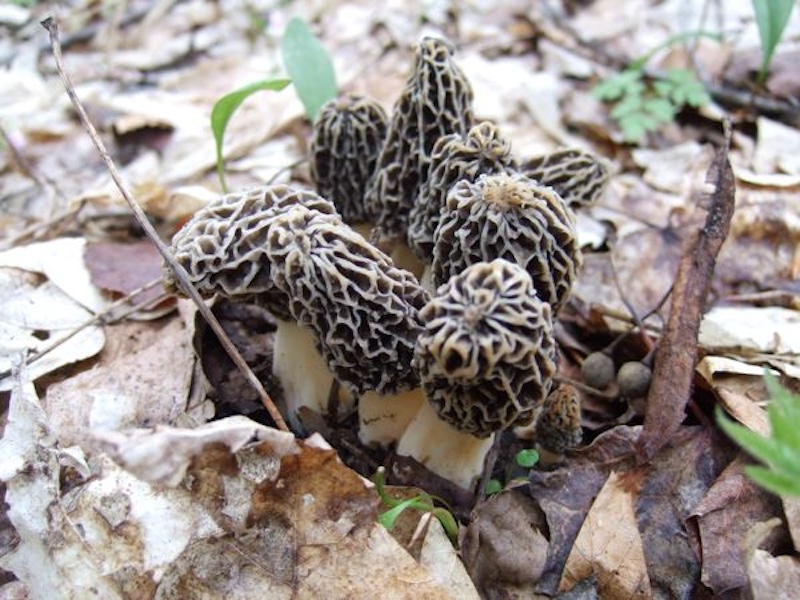
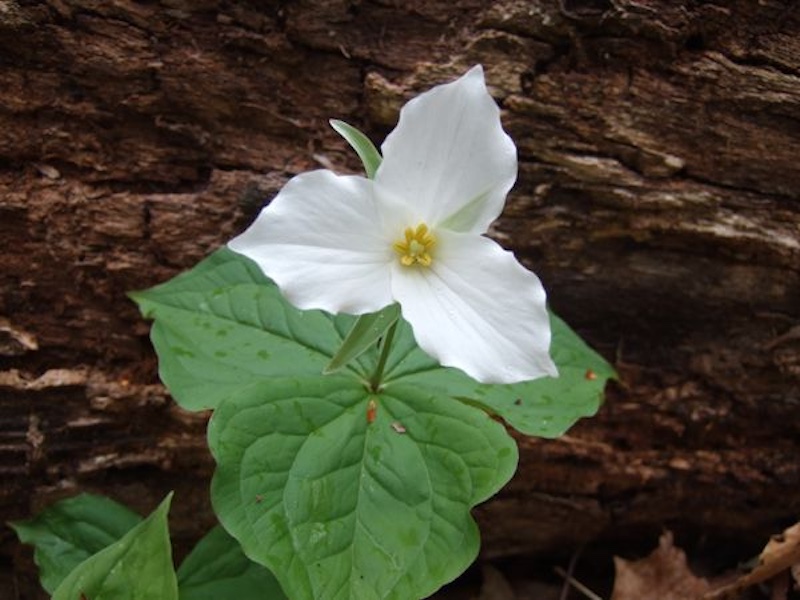
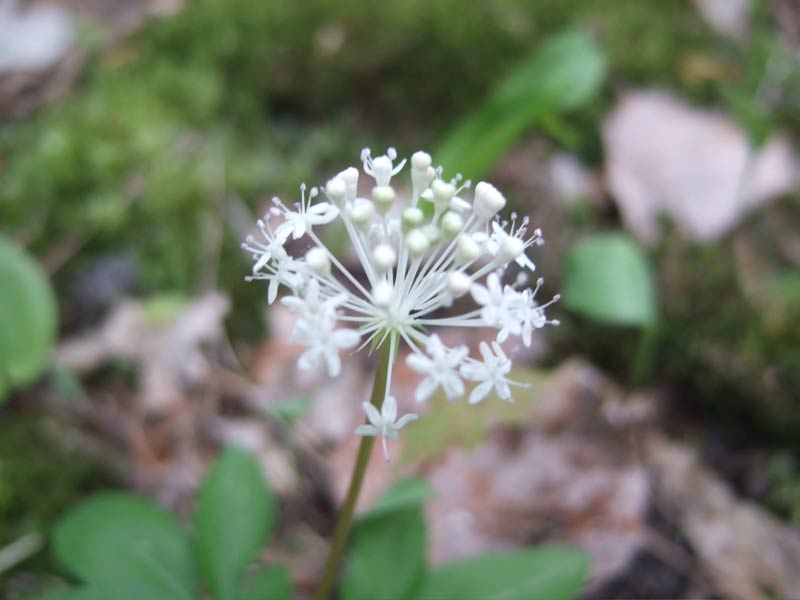


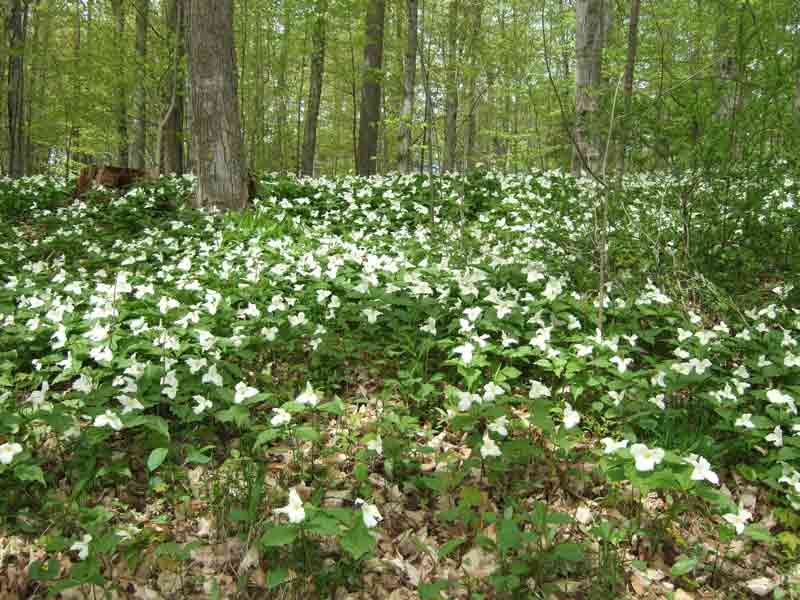
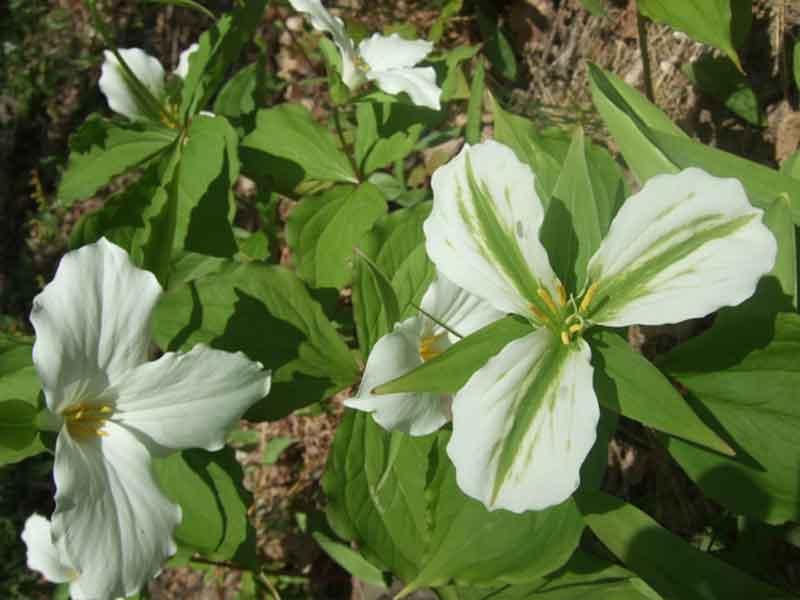
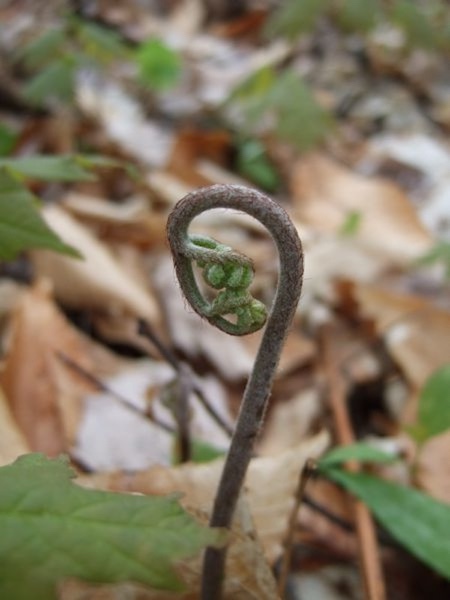
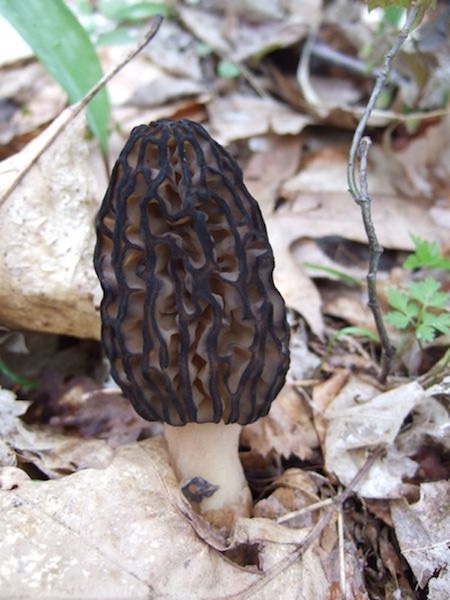
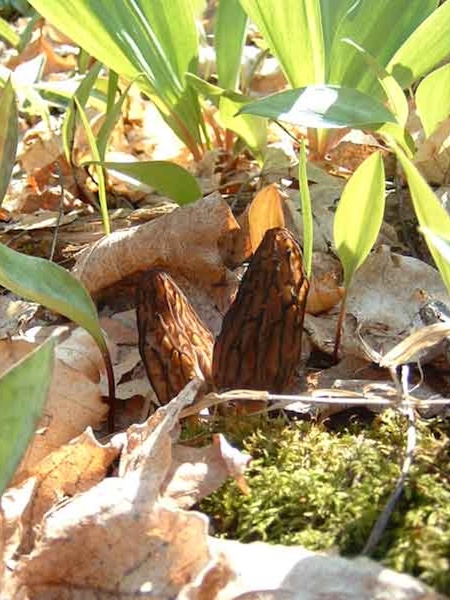
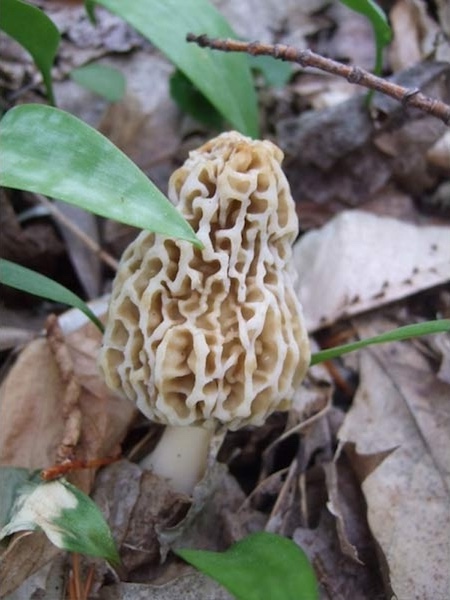
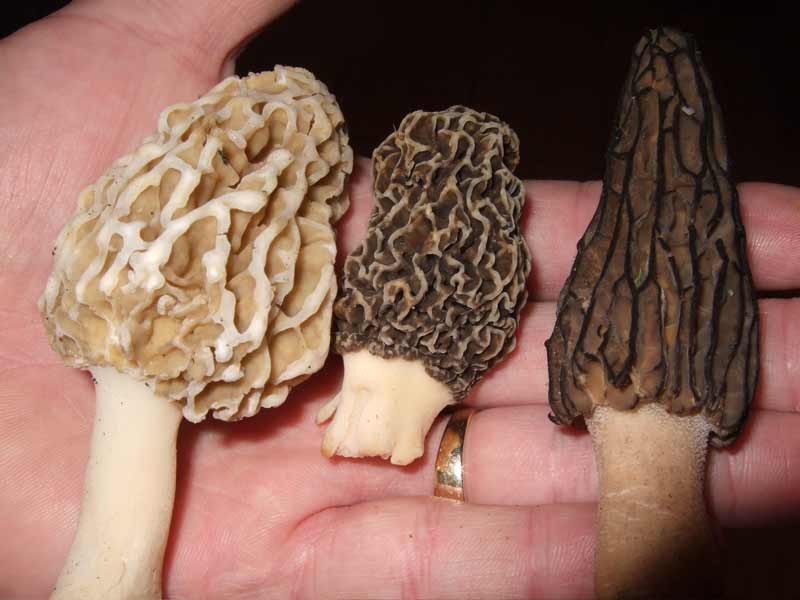
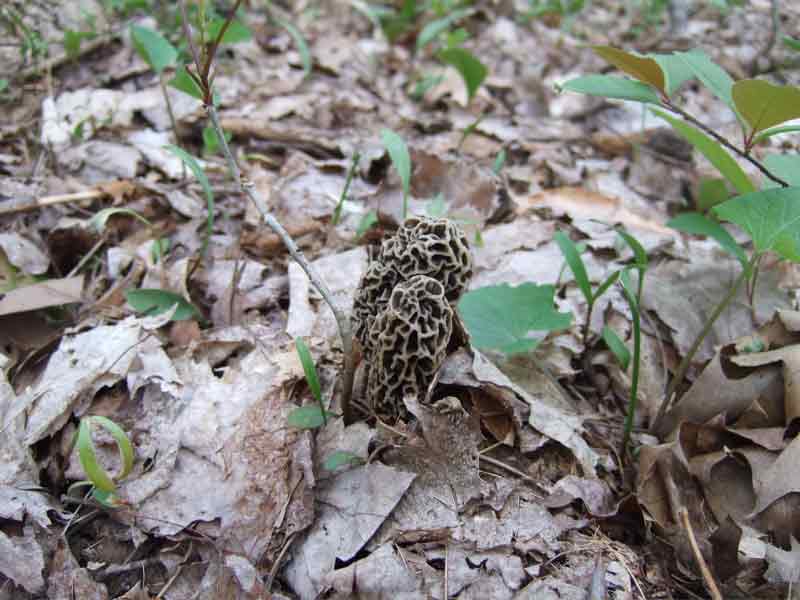
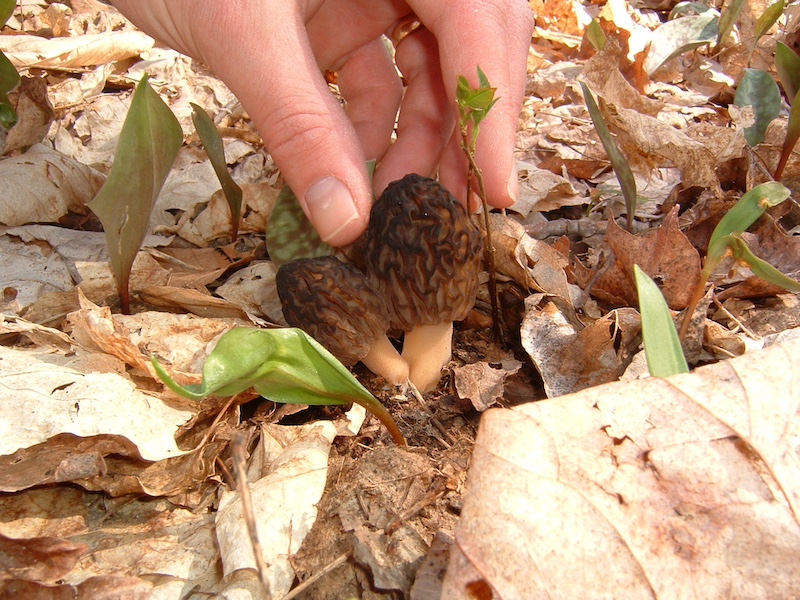
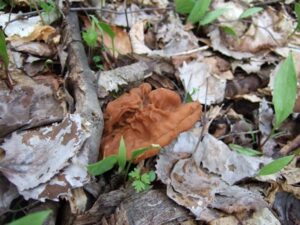
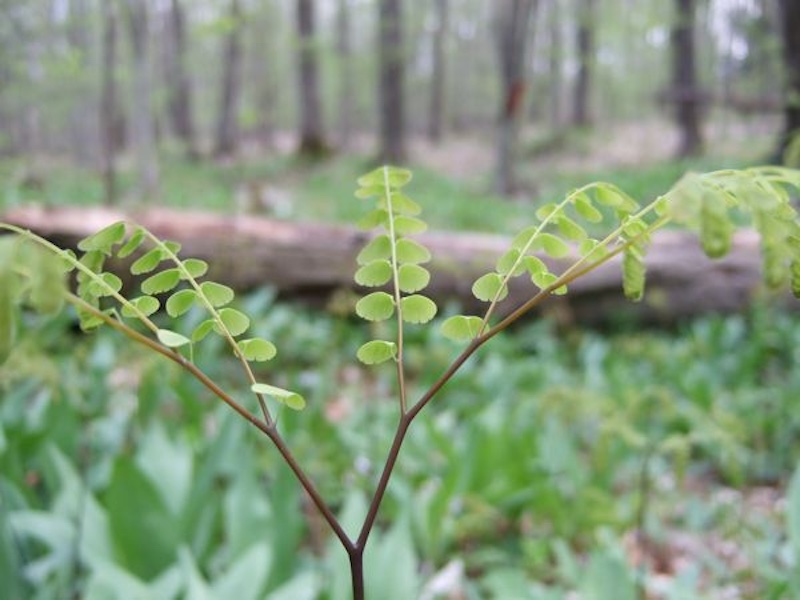
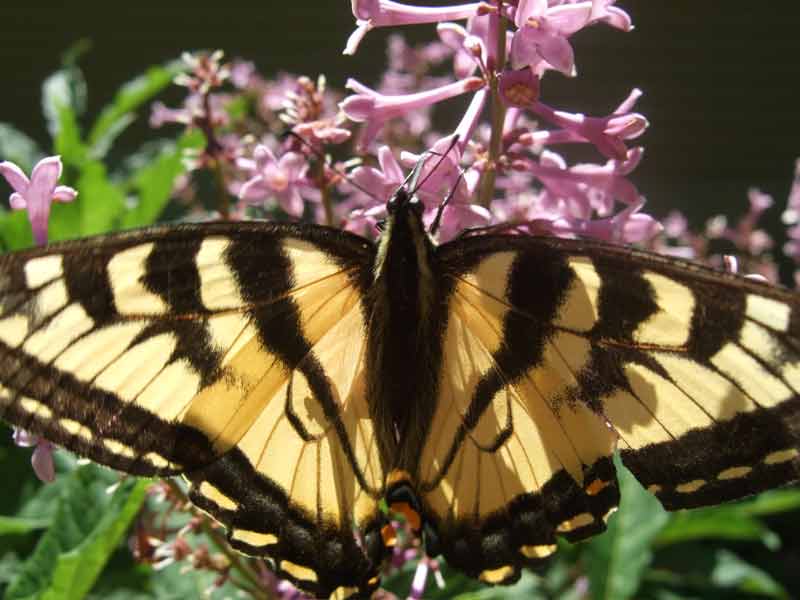
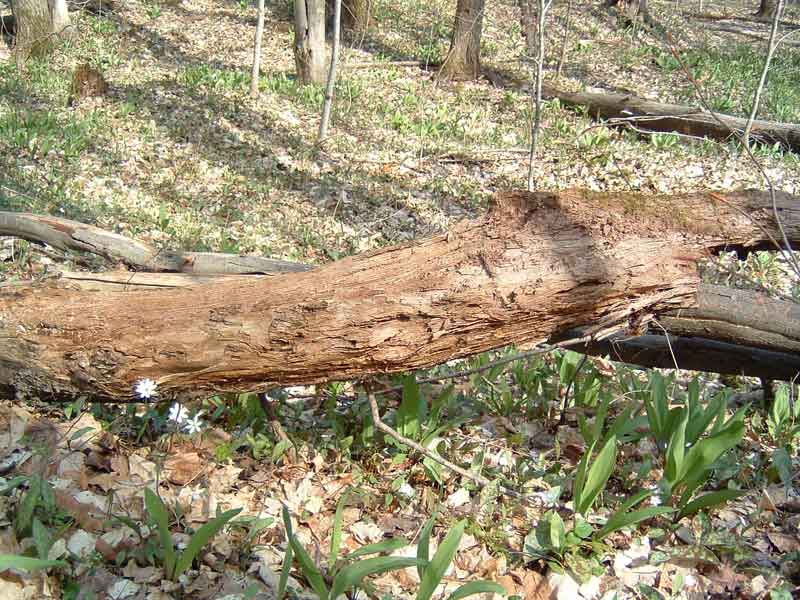





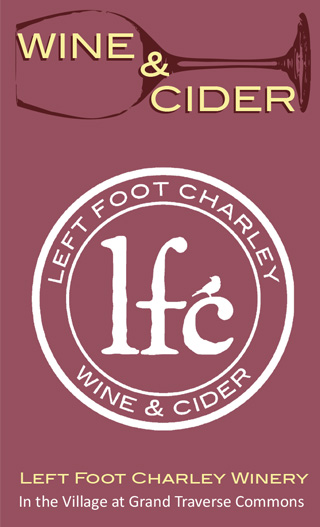




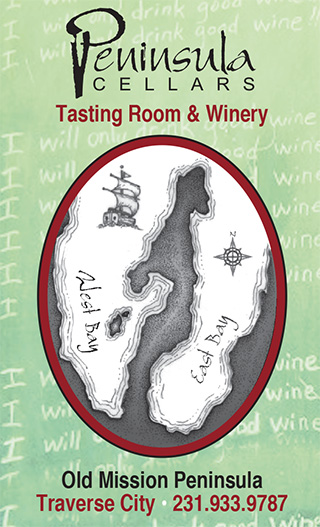



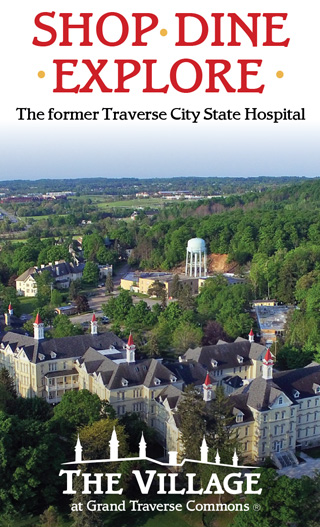







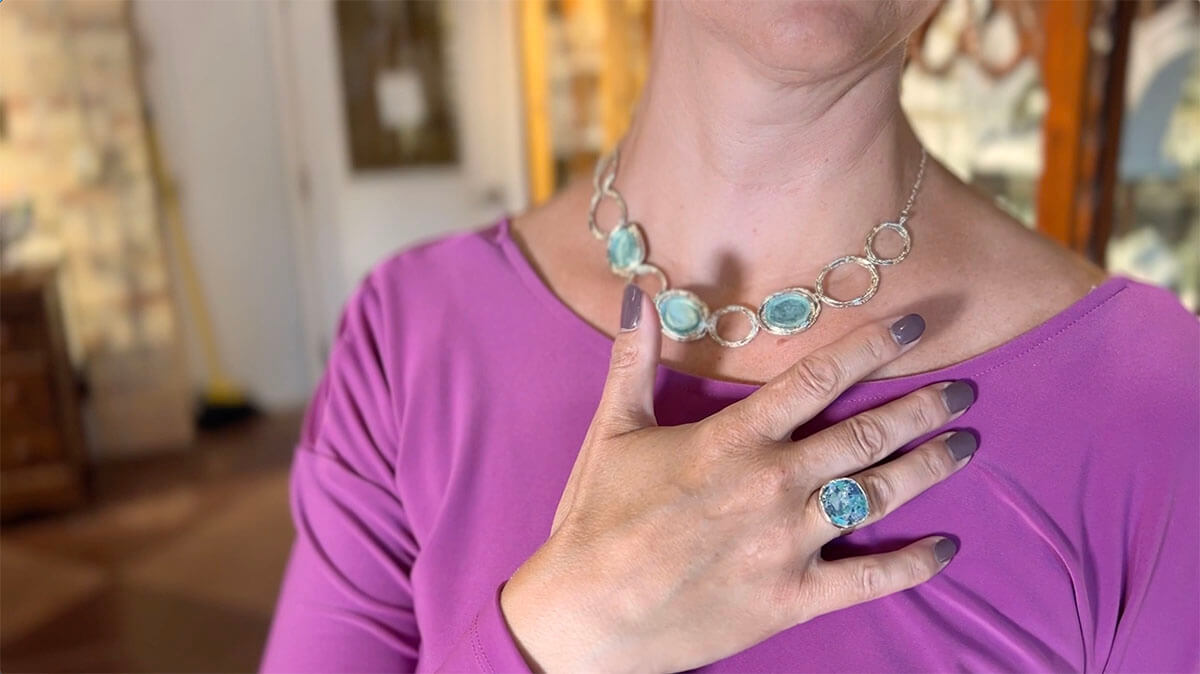
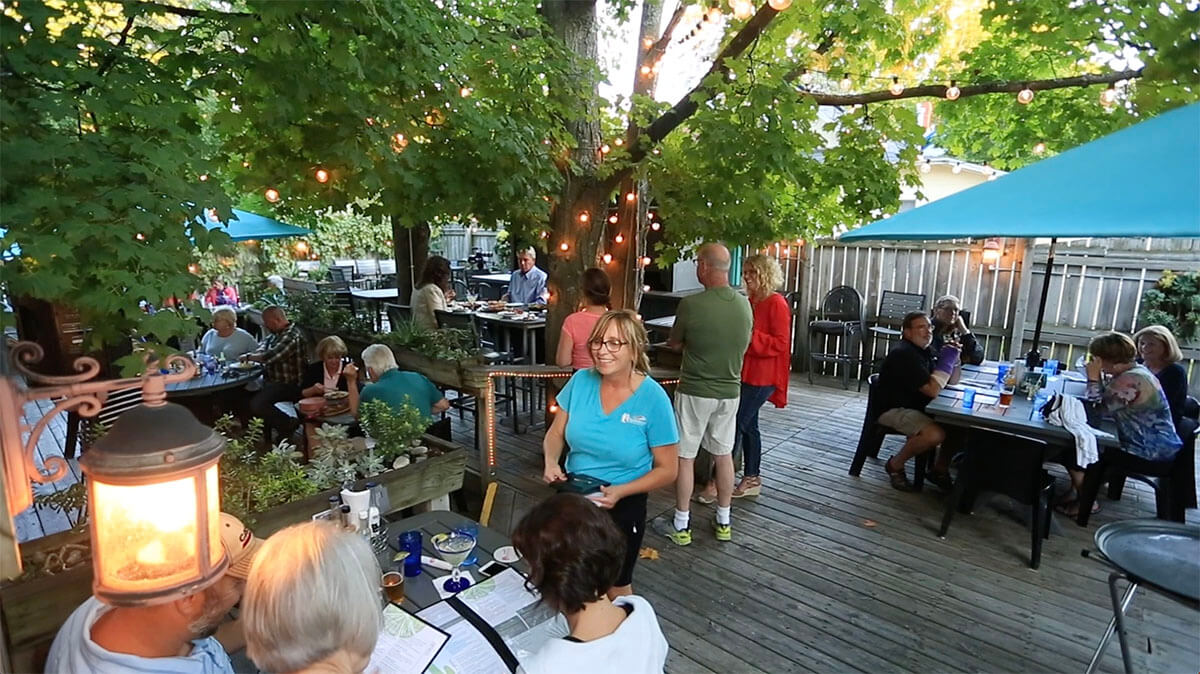
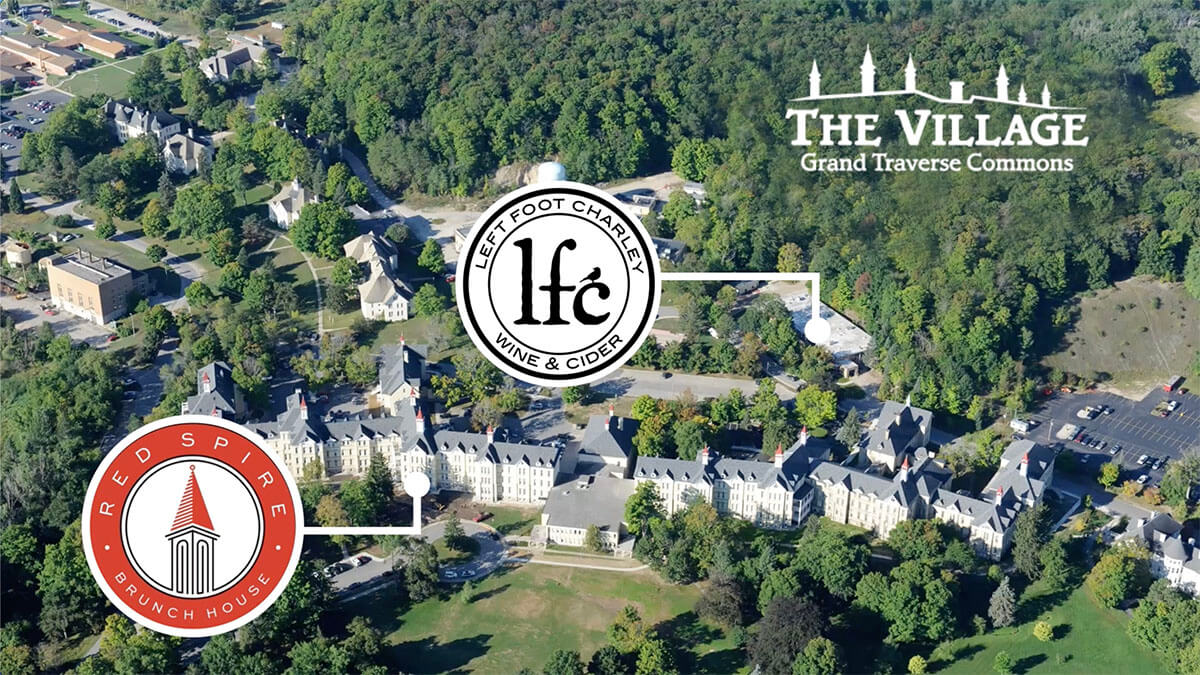



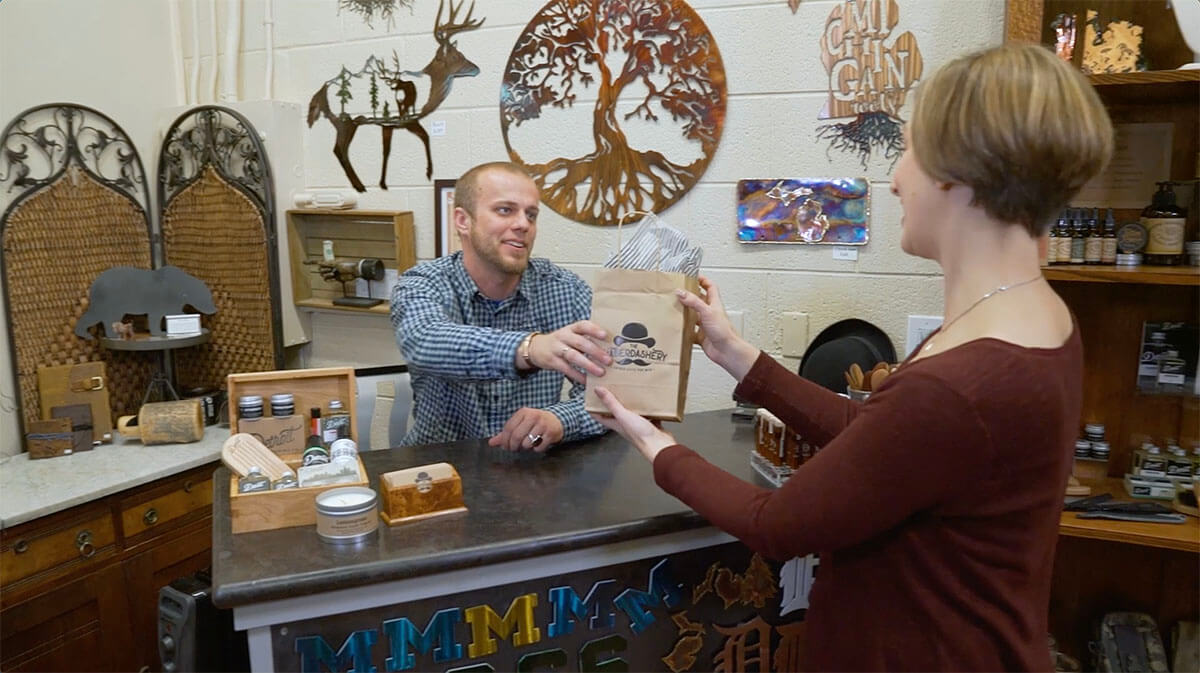

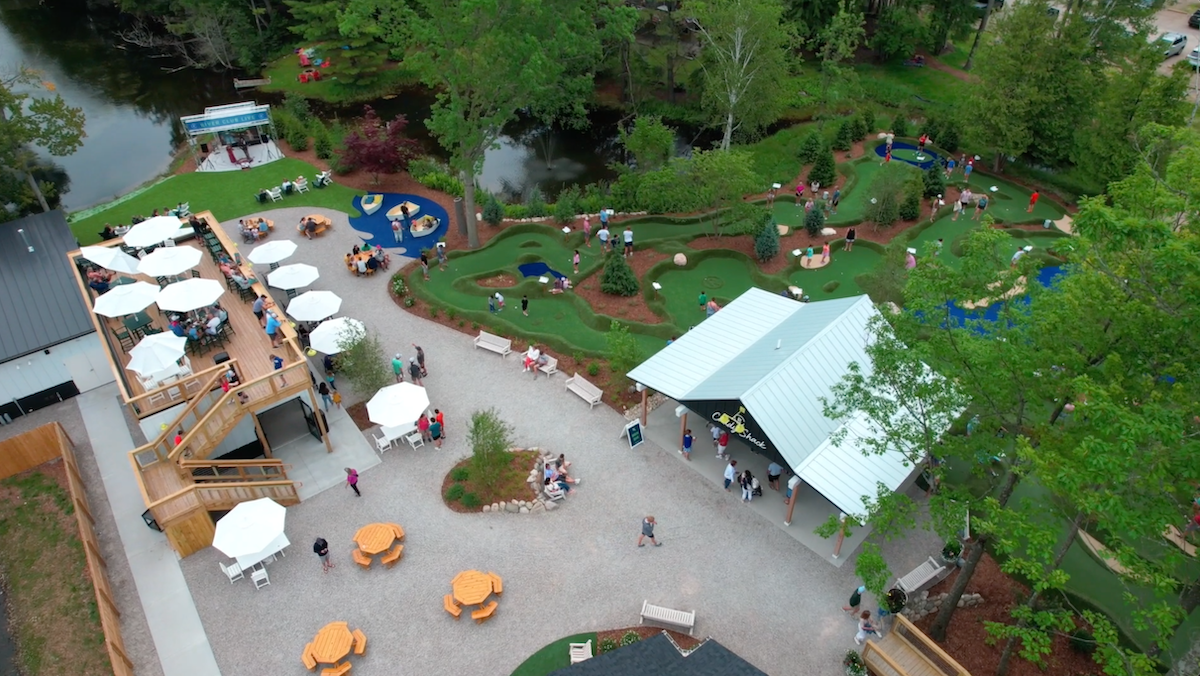

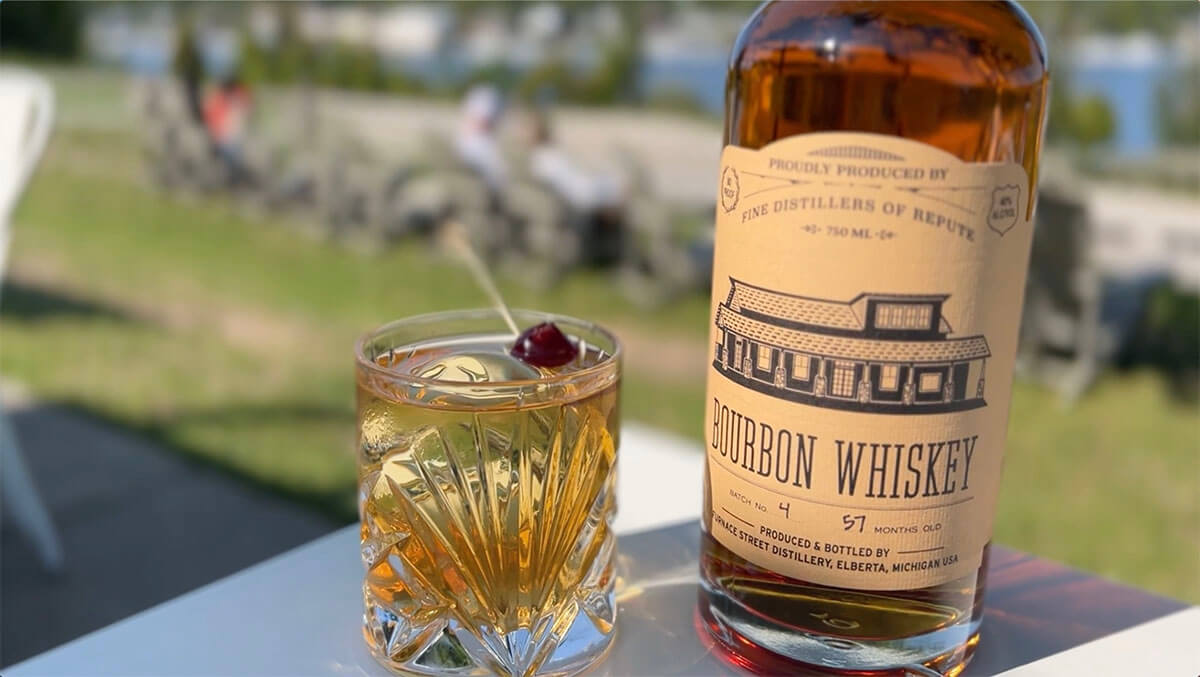







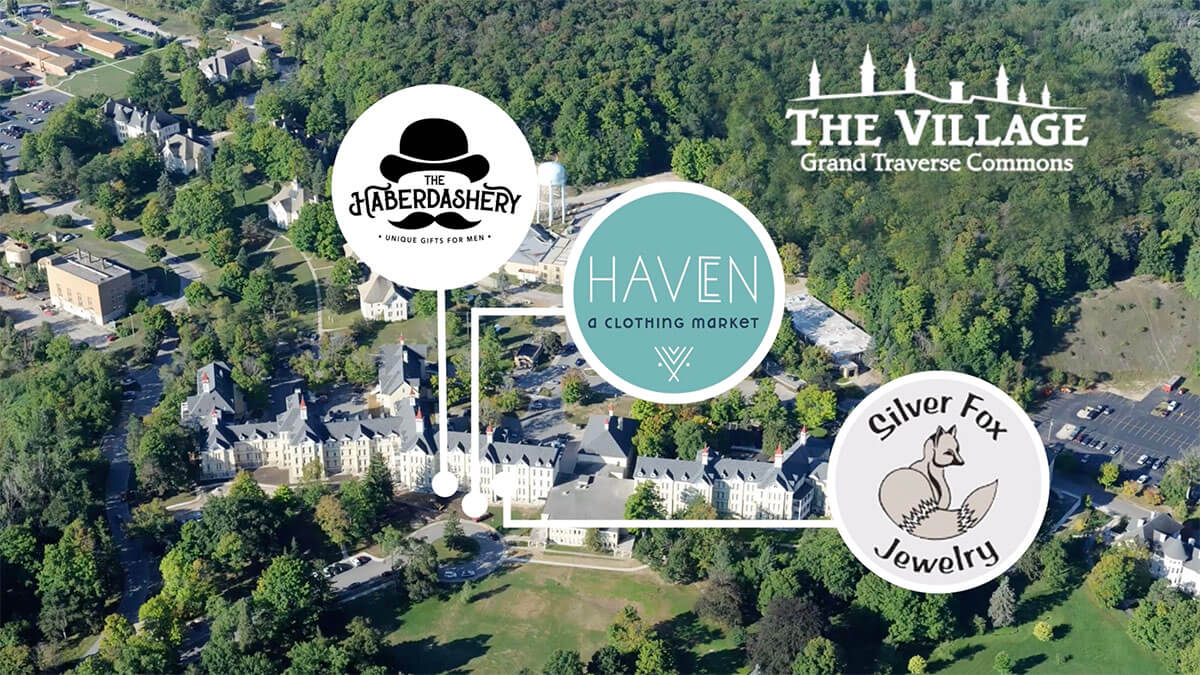

Get Social